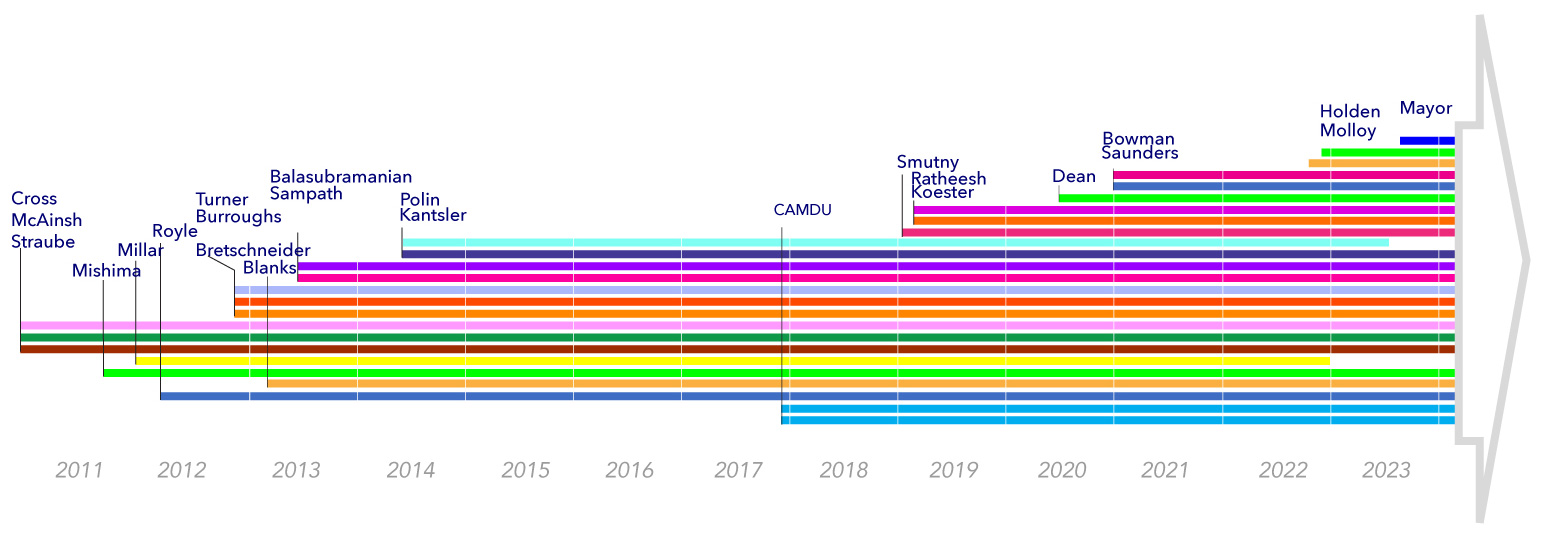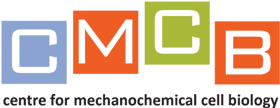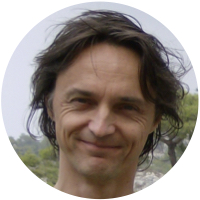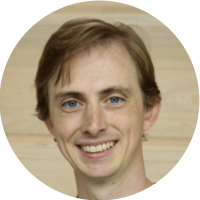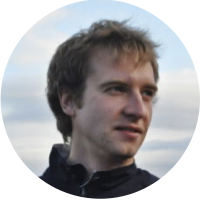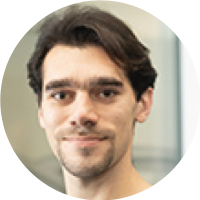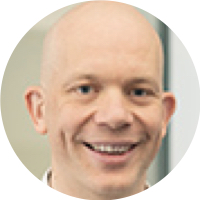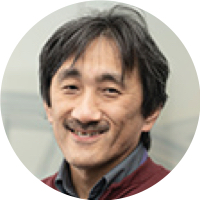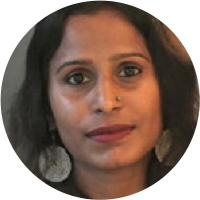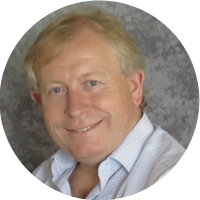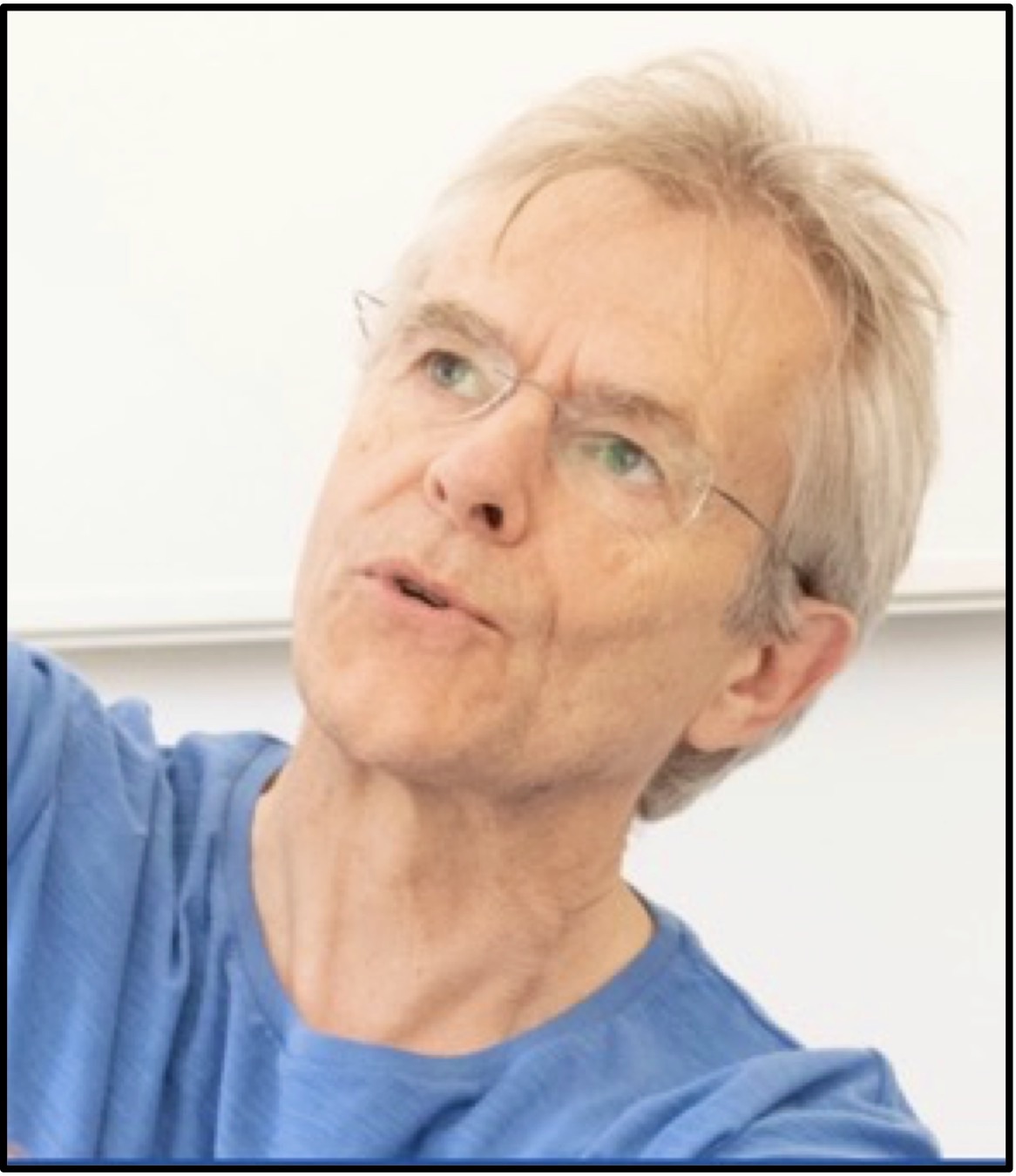
|
Warwick’s Centre of Mechanochemical Cell Biology is defined by its scientific focus on the machineries of biological movement. Our mission is to galvanise research at Warwick in this area. To do this, we pursue 3 goals: · Goal 1 · is to provide an optimal environment for our science. We aim to optimize both our physical and our intellectual environments. We are fortunate to have excellent lab space. Members of the CMCB strive to acquire equipment that is second to none, to share it freely and to press for technical support that optimally facilitates the science. We talk to each other about science, we constructively criticize each other’s grant applications, we host seminars and workshops. We aim to recognise every contribution. We collaborate creatively, both internally and externally. We constantly, actively, seek to improve our research environment. · Goal 2 · is to develop technology, both hardware and software. Our scientific work often requires the creation of new hardware and/or software. We actively pursue open science, not only by publishing open source, but also by making the technology we create open source and freely available. · Goal 3 · is to train the mechanochemical cell biologists of the future. Many of us have skill-sets that bridge scientific disciplines, and we aim to transmit these skills to the mechanochemical cell biologists of the future. Most recently, CMCB has been pivotal for the startup of an innovative new course in which undergraduates address open research problems. Please have a look around the CMCB website. We want to show you the amazing living machinery that we are working on! Robert Cross PhD Director, CMCB |
Warwick's Centre of Mechanochemical Cell Biology is defined by its scientific focus on the machineries of biological movement.
Our mission is to galvanise research at Warwick in this area.
To do this, we pursue 3 goals:
· Goal 1 · is to provide an optimal environment for our science. We aim to optimize both our physical and our intellectual environments. We are fortunate to have excellent lab space. Members of the CMCB strive to acquire equipment that is second to none, to share it freely and to press for technical support that optimally facilitates the science. We talk to each other about science, we constructively criticize each other’s grant applications, we host seminars and workshops. We aim to recognise every contribution. We collaborate creatively, both internally and externally. We constantly, actively, seek to improve our research environment.
· Goal 2 · is to develop technology, both hardware and software. Our scientific work often requires the creation of new hardware and/or software. We actively pursue open science, not only by publishing open source, but also by making the technology we create open source and freely available.
· Goal 3 · is to train the mechanochemical cell biologists of the future. Many of us have skill-sets that bridge scientific disciplines, and we aim to transmit these skills to the mechanochemical cell biologists of the future. Most recently, CMCB has been pivotal for the startup of an innovative new course in which undergraduates address open research problems.
The CMCB currently hosts 21 investigators, from the School of Medicine | School of Life Sciences | Physics | Mathematics | Computing
Till Bretschneider | Principles of cell motility
We use image analysis and computational modelling to address problems in cell motility [email]
[Google Scholar]Mohan Balasubramanian | Cytokinesis
We use protein engineering and chemical biology to interrogate cytokinesis [email]
[Google Scholar]Nigel Burroughs | Dynamics
What can data and simulation tell us about mechanism? [email]
[ORCID profile]Robert Cross | Molecular Motors
The force generating mechanisms of kinesins & microtubules [email]
[Google Scholar]Samuel Dean | Flagellar assembly
We are asking how flagella are built in trypanosomes [email]
[Google Scholar]Séamus Holden | Cell wall biosynthesis
We are asking how bacterial cell wall remodelling allows cell elongation and division. [email]
[Google Scholar]Vasily Kantsler | Microswimmers
We are asking how micro-organisms, including human spermatozoa, swim [email]
[Google Scholar]Darius Koester | Actomyosin Interfaces
We are asking how force is generated at cell membranes [email]
[Google Scholar]Satyajit Mayor | Cellular Interfaces
We are working to understand information processing at cellular interfaces [email]
[Google Scholar]Andrew McAinsh | Kinetochores
We are asking how chromosomes are segregated correctly [email]
[Google Scholar]Masanori Mishima | Central spindle
We are asking how the central spindle is assembled and site cell division is determined [email]
[ORCID profie]Justin Molloy | Cell & molecular mechanochemistry
Addressing a range of problems in cell & molecular mechanochemistry [email]
[Google Scholar]Aparna Ratheesh | Confined cell migration
We are asking how immune cells sense the physical environment to guide their movement [email]
[ORCID profie]Stephen Royle | Intracellular Traffic
How do cells organise their membrane compartments? [email]
[Google Scholar]Karuna Sampath | RNA Transport
We are asking how zebrafish embryos pattern mRNA [email]
[Google Scholar]Tim Saunders | Emergent cell & tissue architecture
Understanding how cell and tissue architecture emerges in development [email]
[Google Scholar]Falk Schneider | Dynamics of macromolecular diffusion
From molecular diffusion dynamics to cellular function and beyond! [email]
[Google Scholar]Michael Smutny | Forces in development
We are asking how embryonic cells sense mechanical forces [email]
[Google Scholar]Anne Straube | Microtubule-based transport
We are asking how cells organise their microtubules, and move cargo along them [email]
[Google Scholar]Mathew Turner | Physics of self-organzation
We are modelling problems in self organization across scales [email]
[Google Scholar]